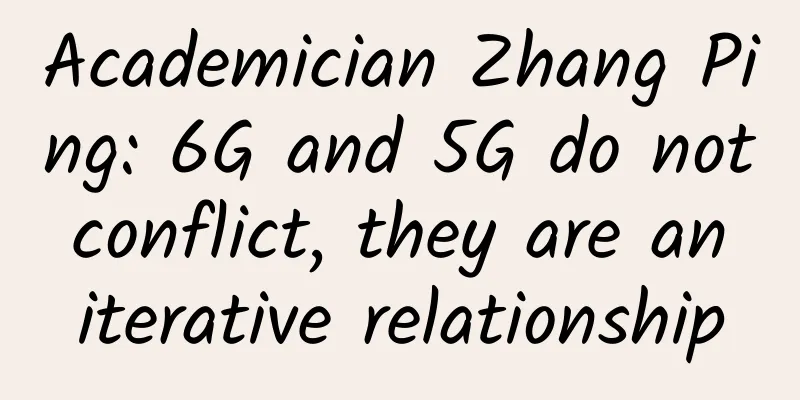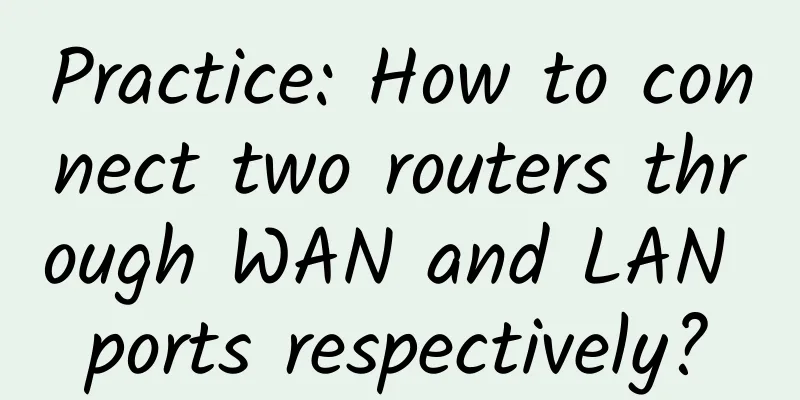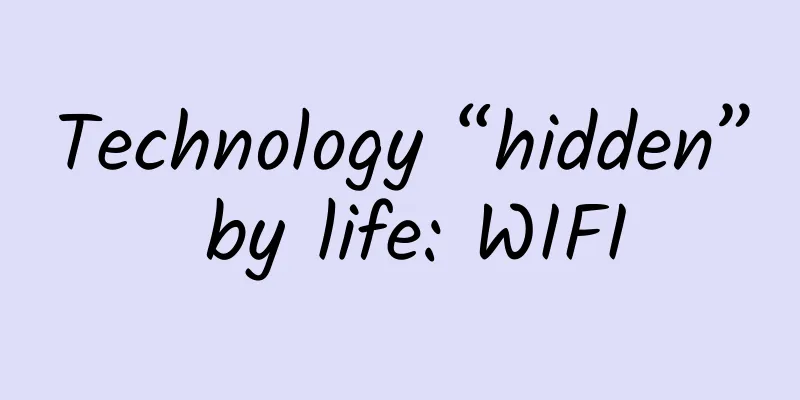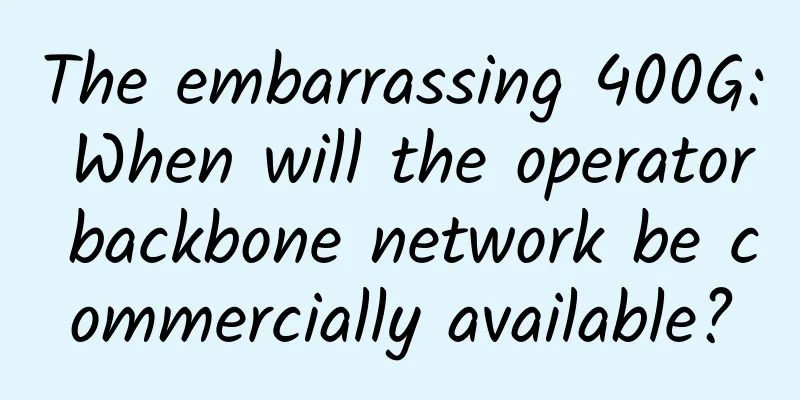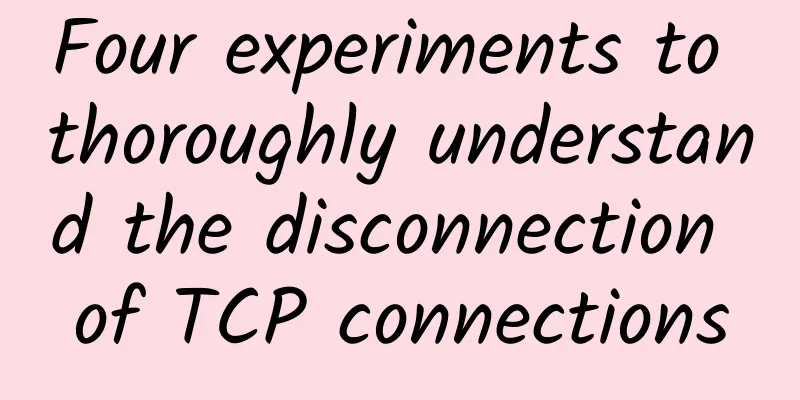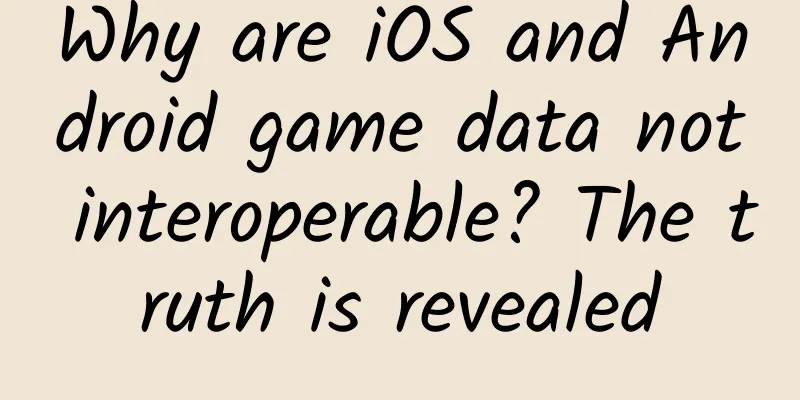Can 5G, which was boasted 10 years ago, be realized?

|
5G is on the verge of launch, and the telecommunications industry is ushering in a new historical turning point. Looking back at this day 10 years ago, the scene was so similar, as if it were yesterday.
This is December 2008-----
In 2008-2009, the global telecommunications industry bet on LTE and firmly believed that the global economic recession would not curb investment enthusiasm for 4G LTE. What did the industry expect from LTE 10 years ago? First, LTE can reduce network CAPEX and OPEX.
This is similar to today's 5G era. Higher spectrum efficiency, flatter architecture, cloud trend, and 5G+AI intelligent operation and maintenance are all aimed at reducing network costs. Secondly, LTE can increase operator revenue. As shown in the figure above, the industry believed at the time that LTE would bring three sources of revenue to operators. 1. Data traffic In 2008, according to statistics from Deutsche Telekom, iPhone users consumed 30 times more traffic per month (accessing the Internet via WiFi or 2/3G networks) than other smartphones. At this point, almost everyone believed that the smartphone boom triggered by the iPhone would dramatically increase demand for network traffic. 2. VoIP Traditional 2/3G CS voice is inefficient, and the evolution to IP voice is an inevitable trend. At that time, the industry believed that after IP voice replaced CS voice in the 4G era, although part of the revenue would be impacted by OTT, most of the voice revenue could still be retained. 3. Application Applications are the various apps on our smartphones today, including games, mobile videos, mobile payments, etc., as well as various Internet of Things applications. At that time, the industry's expectation for "applications" was to increase the user's lifetime value. The user life cycle can be simply defined as the time from the first time a user opens an app to the last time they open the app. The commercial value generated by users in their life cycle is not only the consumption of traffic, but operators can also make money through marketing means such as e-commerce, advertising, and games throughout the process. Simply put, ten years ago, the telecommunications industry hoped to retain users and make more money through APPs in the LTE era. This is also similar to today's 5G. The first wave of 5G is to cope with the growing demand for traffic, release network traffic pressure, and increase traffic revenue; the second wave of 5G is to go beyond pipelines and expand to value chains such as platforms and applications. Looking back now, from 4G to 5G, the telecom industry’s expectations for the future have remained unchanged, but how much of what we boasted about ten years ago has been achieved today? Sadly, at most 40% was achieved. VoLTE has been discussed for many years, but there are not many operators that have put it into commercial use, and the voice business has long been eroded by WeChat and other companies through "overhead passing". As for applications, in the 4G era, Internet giants dominate the world and operators have basically no chance. What remains is only data traffic revenue with a continuously declining ARPU value. In the past decade, operators have failed to "stick" to customers. Operators are just the pipelines behind the scenes. Apart from the full signal mark on the mobile phone, most operator brands are no longer relevant to consumers. Brand or customer loyalty is simply a luxury. The role of operators is just to take the blame. It’s not just consumers who are voting with their feet. Investors are also voting with their feet. Returns on capital have continued to deteriorate, and in Europe, telecom stocks have been the worst performers of all sectors in recent years. It can be said that the past decade has been a decade of collective loss for operators, with OTT stealing all the limelight. 5G is here. Facing the next decade and the era of intelligent interconnection of all things, operators have a rare opportunity to reshape themselves. This time, the operators will probably not easily let OTT take over. For 5G mobile broadband, future video multimedia services need to have a highly immersive and interactive experience, especially 5G low latency, network slicing, edge computing and other technologies to provide high reliability, high-quality end-to-end service guarantees, which can better distinguish it from the "best effort" Internet OTT video service and is incomparable with the 4G era. I believe that in the future, there will be more "content + pipeline" cooperation models that prioritize user experience. For 5G intelligent interconnection of all things, unlike the era of smartphones, operators have end-to-end ecological control capabilities from the beginning, which also means they are more capable of obtaining greater value in the Internet of Things. When it comes to artificial intelligence, operators have a natural data advantage. Therefore, many people believe that 5G+AI will enable operators to return to the center of the ecosystem. Operators in the future will no longer be just pipelines. Instead, they will need to go beyond “pipelines” to develop new products and services and become “platform providers,” thereby fundamentally changing their business models. "Beyond pipelines" and "reshaping value" have become the strategic layout directions of the world's leading operators. For example, China Mobile's "big connection" strategy, AT&T's determination to become a "modern media company", SoftBank's "evolution" and so on are all aimed at getting rid of single pipelines, going beyond connections, and expanding to content, platforms and applications. It seems that the bragging we made in the 4G era will have to wait until 5G to be realized! Can it be realized? I hope so! There is no choice! ***, let me end with a quote from SoftBank’s Masayoshi Son: Do you want to be a bacterium? If you are just a bacterium and continue to reproduce yourself, billions of years from now, you will still be just a bacterium. |
Recommend
HostKvm: 30% off Hong Kong VPS, 4.9/month KVM-1G memory/10G hard disk/50M bandwidth
HostKvm is a foreign VPS service provider founded...
DMIT.IO Christmas recharge/renewal rebate, high-defense CN2 GIA line VPS 20% off
DMIT.io has launched a Christmas promotion, inclu...
UCloud's annual promotion flagship cloud host is as low as 10% off, Hong Kong/Shanghai/Guangzhou cloud host annual payment starts from 60 yuan
UCloud is a listed cloud computing company in Chi...
What damage will it cause if the router at home is not turned off for a long time?
The network equipment such as routers has now bee...
The 5G test in 2019: How to invest if you don’t want to be left behind? You are in a dilemma!
[[251967]] Recently, the Ministry of Industry and...
Redefining the Network: Navigating the World of SD-WAN
In the evolving enterprise network environment, c...
VULTR: KVM in 25 data centers around the world starting at $2.5 per month (supports hourly billing), $50 for new users
It has been more than 6 months since I last share...
An article explains the detailed process of SSL handshake protocol
[[274498]] Overview SSL (Secure Socket Layer) is ...
Five packet sniffers that can replace Wireshark
Wireshark is a very popular packet sniffer. It ca...
DogYun Spring Festival discount: 30% off on Dynamic Cloud, 20% off on Classic Cloud, save 100 yuan per month on dedicated servers, and get 10 yuan for every 100 yuan you top up
The traditional Lunar New Year is approaching, an...
Huawei and its global partners work together to build a full-scenario smart life
【51CTO.com original article】 Normal 0 7.8 磅 0 2 f...
Sharktech: $59/month-E3-1270V2/16G memory/500G SSD disk/1Gbps unlimited traffic/Los Angeles data center
After we shared Sharktech's special promotion...
NAT detailed explanation: basic principles, traversal technology (P2P hole punching), port aging, etc.
Regarding the NAT penetration currently promoted ...
5G is coming soon. Will it save you money? Operators: Stop dreaming!
According to national planning, 5G will be put in...
Huawei releases next-generation O&M architecture for autonomous network operation, expected to save operators 25% of O&M costs
On April 17, 2019, at HAS2019, Huawei released th...

